Lake Biwa is the biggest lake in Japan and it’s a beautiful body of water located in Shiga Prefecture, northeast of Kyoto. Covering an area of about 670 square kilometres, this ancient lake is among the oldest in the world and is believed to be more than 4 million years old. Famed for its impeccably clean waters, biodiverse ecosystem and scenic landscapes, Lake Biwa is an important resource for surrounding metropolitan cities and a highly travelled tourist spot. Its coastline is peppered with ancient temples, quaint coastal villages and peaceful beaches and provides a combination of cultural exploration and outdoor activities.
Quick Details
Location: Shiga, Japan
Size: 670 sq. km
Depth: Maximum depth of 104 meters, average depth of 41 meters
Age: Over 4 million years old
Biodiversity: Home to over 50 fish species and hundreds of bird species
Climate: Mild climate year-round
Best Time To Visit: April to May (cherry blossoms), June to August (water activities, fireworks), September to October (hiking and cycling)
Location
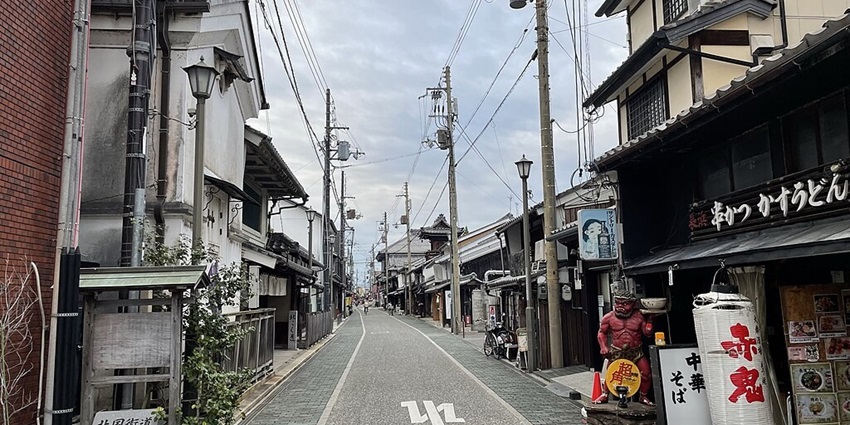
Photo: ウィキ太郎 (Wiki Taro) / Wikimedia Commons
The biggest lake in Japan, Lake Biwa in Shiga Prefecture, in the Kansai region, lies directly northeast of Kyoto and east of Osaka. It extends through several cities, including Otsu, Hikone and Nagahama town, with Otsu both the prefectural capital and the lake’s southern gateway. Held by the Hira and Hiei mountain ranges, the lake’s strategic location historically placed it as a key transport and trade hub. Now, being next to cultural areas such as Kyoto and Nara, it is easily accessible, allowing you to escape into nature with historical significance while also reigniting with recreational activities.
How To Reach
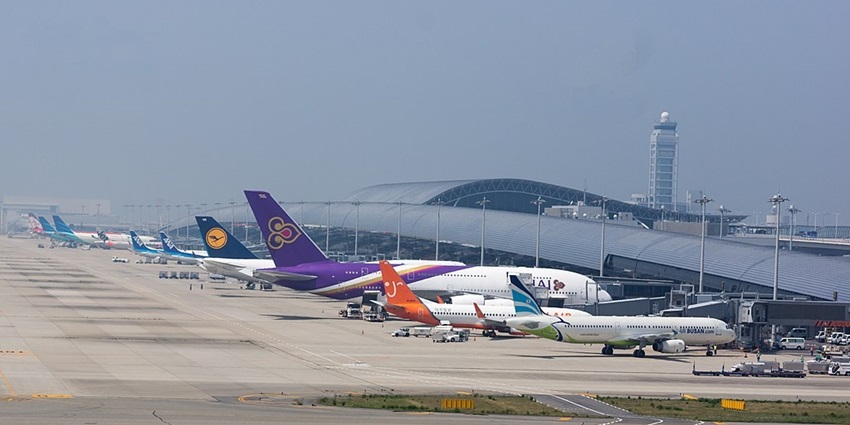
Photo: lasta29 / Wikimedia Commons / Image For Representation Only
By Air: The nearest major airport is Kansai International Airport (KIX). From KIX, take the Haruka Express to Kyoto Station and then continue to Lake Biwa by train or bus.
By Rail: If setting out from Kyoto Station, take the JR Tokaido Line to Otsu Station. For northern regions like Hikone and Nagahama, take the JR Biwako Line from Kyoto. From Osaka, take a JR Special Rapid Service on the Tokaido Line to Otsu. From Tokyo, take the Tokaido Shinkansen to Maibara Station, where you can switch to local JR lines.
By Road: Take the Meishin Expressway from Kyoto to Otsu, which takes about 30 minutes for a drive. Direct highway buses run from both Kyoto and Osaka to Otsu and Hikone regularly, taking 1-2 hours depending on the time of day.
Things To Do
There are many things to do in the biggest lake in Japan. Enjoy boating, kayaking, fishing, cycling around the lake, swimming, and birdwatching in Lake Biwa.
1. Kayaking To Chikubu Island
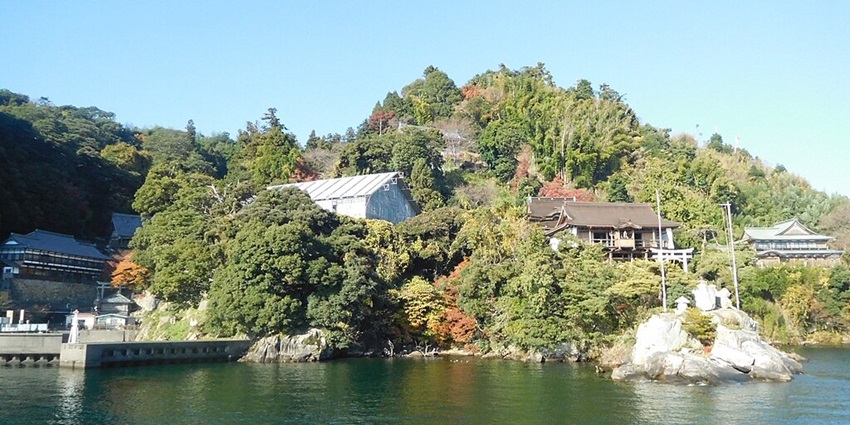
Photo: Brakeet / Wikimedia Commons
For those in search of an adventure on the water, kayaking across the placid waters of Lake Biwa to Chikubu Island is an unforgettable experience. After paddling 6 kilometres from Nagahama’s shores, you are treated to views of beautiful landscapes, with mountains looming in the distance and sparkles on the water. Chikubu Island itself has a rich history, home to Hogonji Temple, which worships the Goddess Benzaiten, and Tsukubusuma Shrine, famous for its ceramic disc-throwing ritual.
2. Cycling The Biwaichi Route
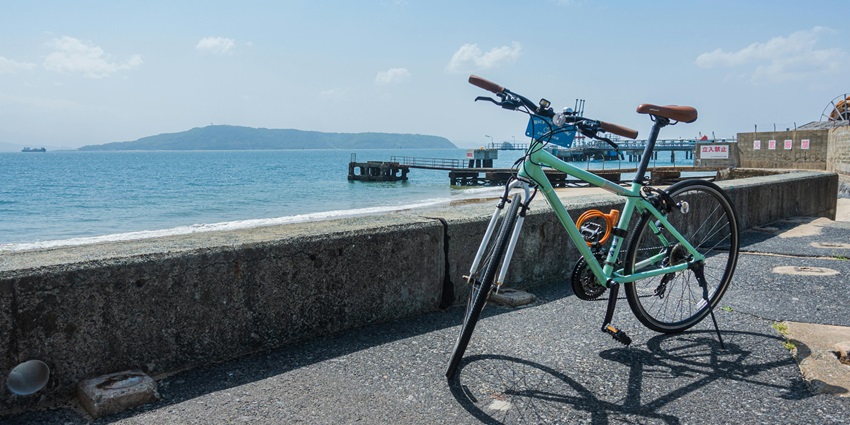
Photo: Jan Bouken / Pexels / Image For Representation Only
A physically demanding journey with great reward, the Biwaichi Route offers a 200-kilometre loop encircling all of Lake Biwa’s lakefronts. Beginning in Otsu, the well-marked route winds past small fishing villages, green rice fields and historic towns like Omihachiman, famous for its preserved canal district. With dedicated cycling paths and many rest stops along the way, it also offers the chance to visit hidden gems like the Metasequoia Tree Avenue and the ancient Shirahige Shrine, both standing in water.
3. Sunset Cruise With Dinner
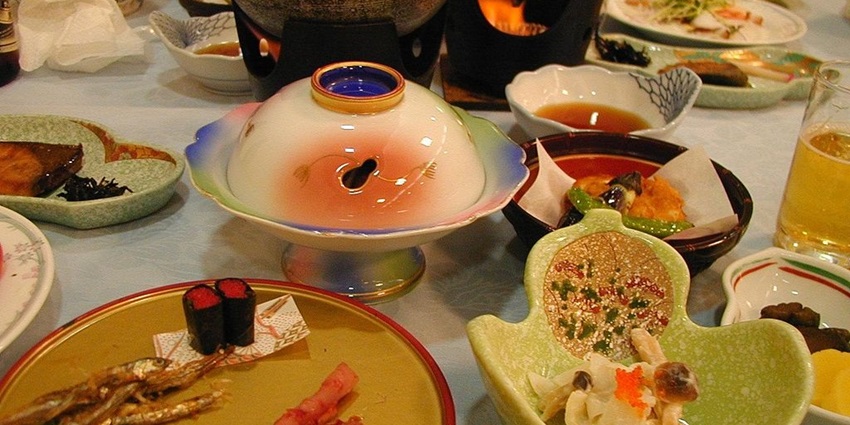
Photo: Jpatokal / Wikimedia Commons / Image For Representation Only
For a luxurious way to appreciate the lake’s natural beauty, take a sunset cruise on Lake Biwa, complete with a sumptuous Omi beef dinner served on board. The cruise departs from Otsu Port and goes into the peaceful evening waters with the sun setting behind Mount Hiei, casting the sky in shades of orange and purple. The highlight of this cruise is the Omi beef dinner, one of Japan’s finest wagyu varieties, prized for its marbling and flavour. While indulging, enjoy sweeping views of floating torii gates, distant temple silhouettes and the serene expanse of the lake.
Places To Visit Around Lake Biwa
From age-old castles to beautiful towns with lakeside shrines, explore the nearby places to visit when around Lake Biwa.
1. Hikone Castle

Photo: Jnn / Wikimedia Commons
Hikone Castle is an architectural wonder from the Edo period, making it one of the most complete original castles in Japan. It offers sweeping views of Lake Biwa and the surrounding landscape. The castle’s main keep, completed in 1622, is a classic example of Japanese design, with curved roofs and wooden interiors. You can see the Hikone Castle Museum, which houses samurai armour, swords and historical documents. The adjacent Genkyu-en Garden, with ponds, bridges and teahouses, reflects its traditional Japanese design while making this a rich destination for the history buff and nature lover.
Location: Hikone, Shiga
Timings: 8:30 AM – 5 PM
2. Enryaku-ji Temple
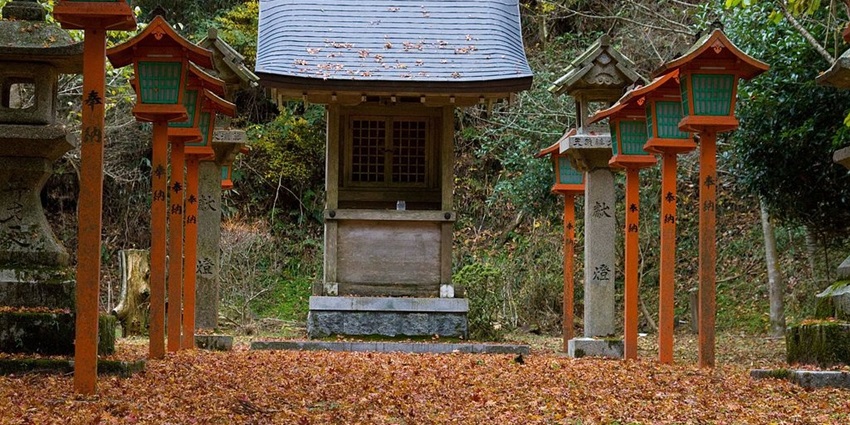
Photo: KimonBerlin / Wikimedia Commons
Perched atop Mount Hiei, Enryaku-ji Temple is home to a peaceful escape with sprawling views of the biggest lake in Japan, Lake Biwa. Founded in 788 by the monk Saicho, the temple is considered the cradle of Tendai Buddhism and a UNESCO World Heritage Site. The complex encompasses more than 100 other sub-temples and structures. One of the iconic shrines is the massive wooden hall of Konpon Chu-do, which has existed for centuries.
Location: Sakamotohonmachi, Otsu, Shiga
Timings: 9 AM – 4:30 PM
3. Shirahige Shrine
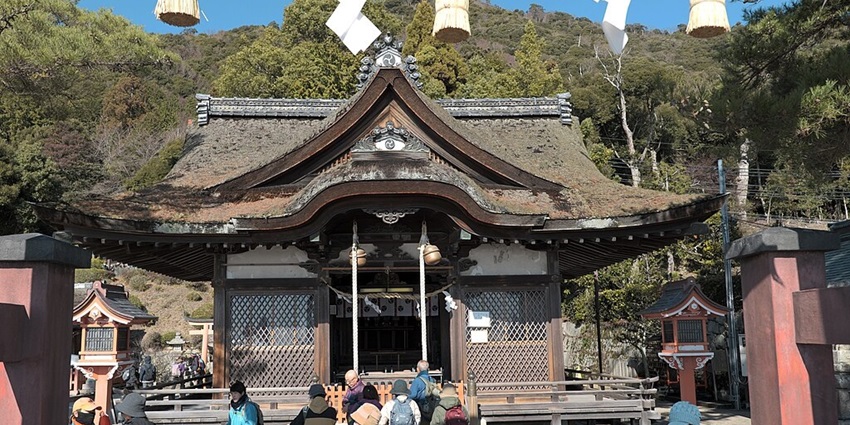
Photo: Hyppolyte de Saint-Rambert / Wikimedia Commons
With its beautiful torii gate emerging in Lake Biwa, Shirahige Shrine is frequently likened to Hiroshima’s famed Itsukushima Shrine. It is dedicated to the deity Sarutahiko Okami and is said to bestow longevity and matchmaking blessings. The shrine, located on a peninsula overlooking Tokyo Bay, has stunning views of the sunrise and sunset, drawing photographers and romantics. As you walk along the length of the lakeshore, catch sight of the torii gate on the other end, shimmering in the stillness.
Location: Takashima, Shiga
Timings: 9 AM – 5 PM
4. Omi-Hachiman Old Town
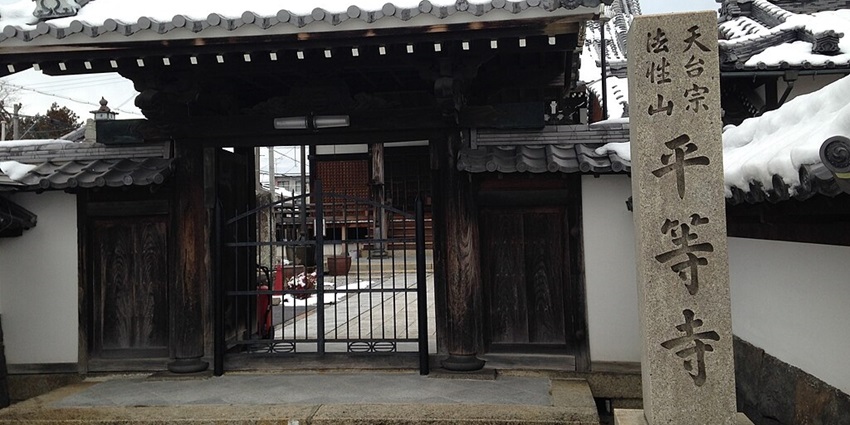
Photo: そらみみ / Wikimedia Commons / Image For Representation Only
Omi-Hachiman, a historic merchant town line along Lake Biwa, offers a step back into Japan’s Edo period. Its preserved canal road, flanked by old warehouses and white-walled buildings, allows scenic boat rides that highlight the character of the town. With its unique style of architecture, the area is famous for its former mansions of rich merchants. You can wander through museums, artisan shops and local eateries of traditional Omi cuisine. The area along Hachiman-bori Canal is particularly beautiful in the spring cherry blossom season and in the colourful foliage of autumn.
Location: Shiga, Japan
Timings: 9:30 AM – 4:30 PM
5. Nagahama Castle Historical Museum
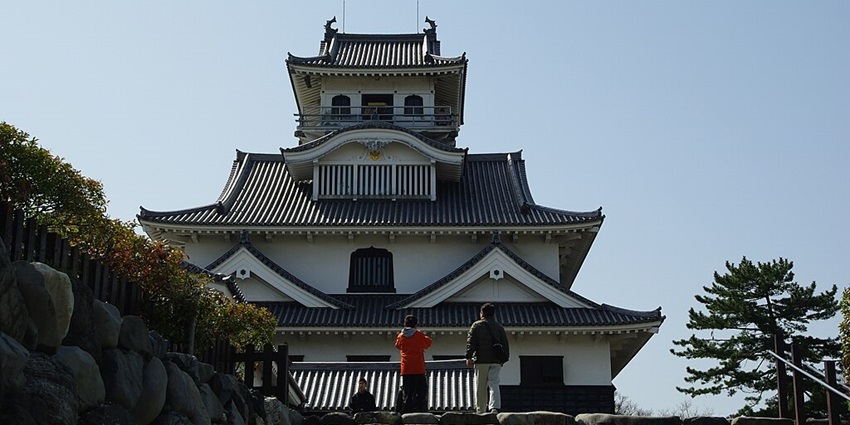
Photo: puffyjet / Wikimedia Commons
Nagahama Castle, reconstructed on its original site, provides a glimpse into Japan’s feudal past and great views of Lake Biwa. Constructed in the 16th century by Toyotomi Hideyoshi, the castle was pivotal in the Sengoku era. Today the castle is home to a historical museum housing samurai artefacts, ancient manuscripts and local cultural exhibits. The observation deck on the upper level boasts panoramic views of Lake Biwa and neighbouring mountains, a popular photography location. Next door, the Hoko-en Garden adds to the zen with its seasonal flowers and tranquil ponds.
Location: koencho, Nagahama, Shiga
Timings: 9 AM – 5 PM
Where To Stay
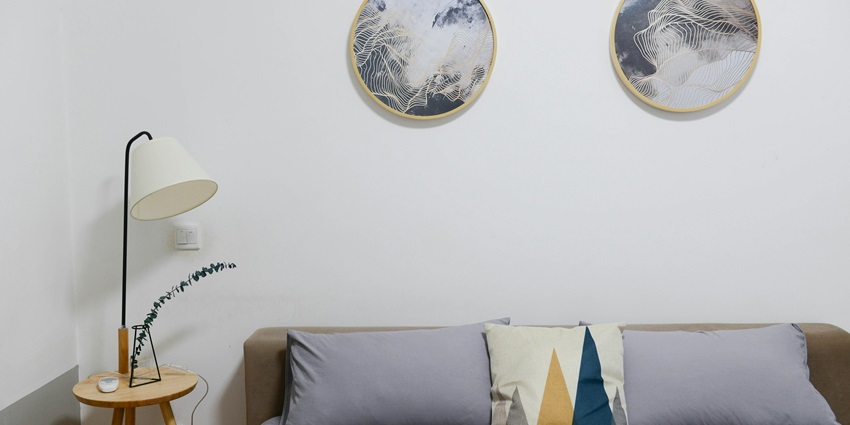
Photo: Cats Coming / Pexels / Image For Representation Only
There is a wide range of places to stay around Lake Biwa. For luxury seekers, a stay at the Biwako Hotel in Otsu comes with lake views, hot springs, and modern amenities for ¥15,000 to ¥20,000 a night. Being close to sights such as Enryaku-ji Temple and Omi-Hachiman, it serves as an ideal exploration base. For midrange stays, Hotel Koo Otsuhyakucho offers a comfortable and convenient city stay at ¥9,000 to ¥12,000 a night. Budget travellers can prefer Guesthouse AN, a cute, traditional-style inn by the lake that’s ¥6,000 to ¥7,000 per night.
Where To Eat
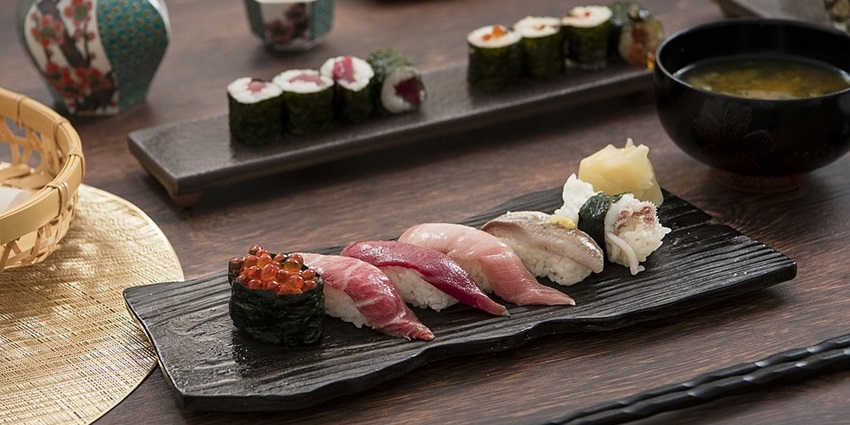
Photo: MUSUBI KILN / Wikimedia Commons / Image For Representation Only
The culinary experience in Lake Biwa offers authentic Japanese flavours alongside beautiful views of the lake. Kurosuke offers the highest-quality Omi beef and fresh seafood for ¥4,000 to ¥6,000 per person for fine dining. For mid-range diners, you can also stop by Nagahama Roman Beer, which specialises in craft beers and hearty local fare, at ¥3,000 to ¥5,000 per person. With menu offerings of Omi beef steaks, crispy tempura lake fish and menu items pair perfectly with their Roman Lager and dark ales brewed in-house. Biwako Shokudo serves traditional lake fish meals at budget rates of ¥800 to ¥2,000 per person.
Other Factors To Consider
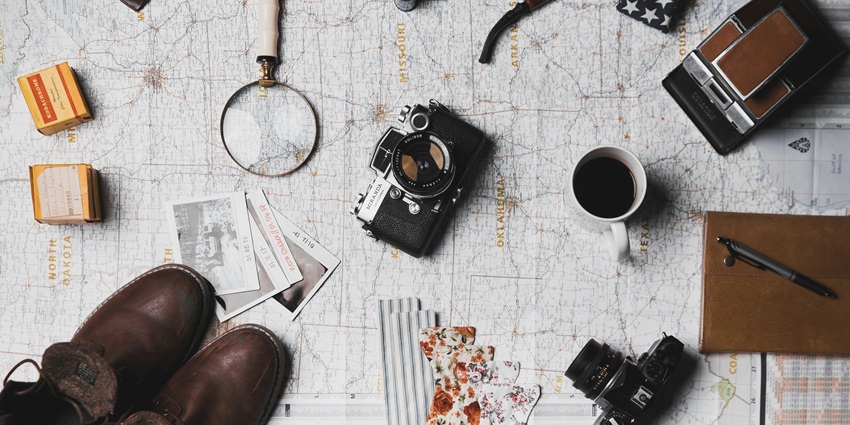
Photo: ian dooley / Unsplash / Image For Representation Only
Average Cost Of The Trip
Your trip to Lake Biwa can be made to fit any budget. Luxury travel seekers typically spend ¥30,000 to ¥45,000 per day, which includes high-end stays, gourmet food and personal transport. Budget travellers can manage ¥7,000 to ¥12,000 a day, opting for hostels, economical meals and train travel. Approximate costs include accommodation (¥4,000 to ¥30,000 per night), meals (¥500 to ¥4,000 per day), local transport (¥500 to ¥2,500), activities (¥800 to ¥5,000).
Tips For Travellers
- At your own pace, rent a bicycle to discover lakeside trails and hidden gems around the biggest lake in Japan.
- Always pay cash; many smaller food outlets and attractions do not accept cards.
- Bring comfortable walking shoes and lightweight clothes for warm days.
- Sample local specialities, such as funazushi and omi beef. Speak some Japanese to ease communication.
- Get accommodations booked early in peak seasons or during festivals to avoid last-minute hassle and enjoy the best rates.
Set in the mountains, Lake Biwa, the biggest lake in Japan, is a peaceful and exciting spot full of nature, history, and adventures. Its charming landscapes, historic shrines, and lively local culture provide something different for each explorer. From watersports and cycling to exploring rich history to merely chilling by the shores, Lake Biwa guarantees memorable experiences. Plan a trip with TripXL and let the placid waters and picturesque views of Lake Biwa restore your spirit.
Cover Photo: Lonely Planet Japan / Wikimedia Commons


 WhatsApp
WhatsApp
 Twitter
Twitter









